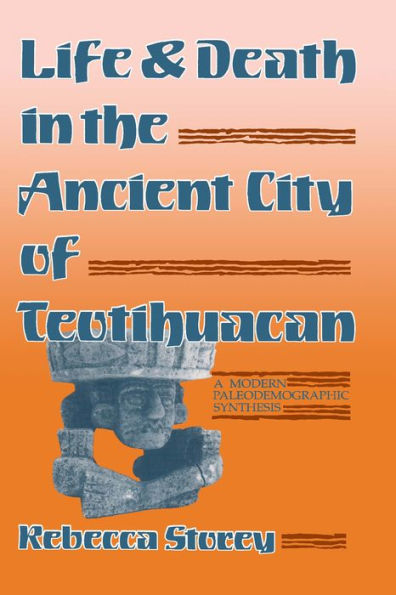Cities arose independently in both the Old World and in the pre-Columbian New World. Lacking written records, many of these New World cities can be studied only through archaeology, including the earliest pre-Columbian city, Teotihuacan, Mexico, one of the largest cities of its time (150 B.C. to A.D. 750). Thus, an important question is how similar New World cities are to their Old World counterparts.
Before recent times, the dense populations of cities made them unhealthy places because of poor sanitation and inadequate food supplies. Storey's research shows clearly that although Teotihuacan was a very different environment and culture from 17th-century London, these two great cities are comparable in terms of health problems and similar death rates.
Cities arose independently in both the Old World and in the pre-Columbian New World. Lacking written records, many of these New World cities can be studied only through archaeology, including the earliest pre-Columbian city, Teotihuacan, Mexico, one of the largest cities of its time (150 B.C. to A.D. 750). Thus, an important question is how similar New World cities are to their Old World counterparts.
Before recent times, the dense populations of cities made them unhealthy places because of poor sanitation and inadequate food supplies. Storey's research shows clearly that although Teotihuacan was a very different environment and culture from 17th-century London, these two great cities are comparable in terms of health problems and similar death rates.

Life and Death in the Ancient City of Teotihuacan: A Modern Paleodemographic Synthesis
327
Life and Death in the Ancient City of Teotihuacan: A Modern Paleodemographic Synthesis
327
Product Details
| ISBN-13: | 9780817384357 |
|---|---|
| Publisher: | University of Alabama Press |
| Publication date: | 11/15/2009 |
| Sold by: | Barnes & Noble |
| Format: | eBook |
| Pages: | 327 |
| Lexile: | 1430L (what's this?) |
| File size: | 7 MB |
